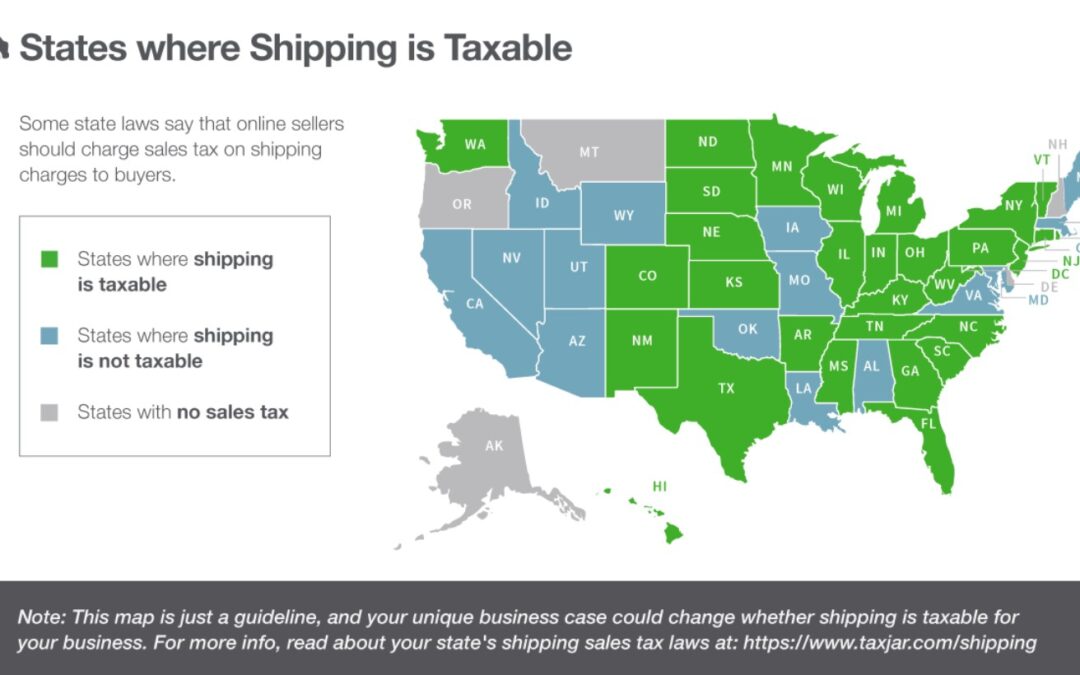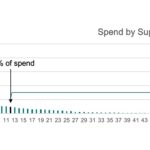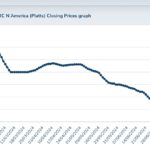Sometimes in the supply chain we need quick wins. One potential source of a quick win is in paying sales taxes on shipments. While this may seem to be the responsibility of the tax department, how the supply chain structures agreements and invoices has a big impact on whether a company pays freight taxes.
Taxable States
Just as not all states charge sales tax, not all states tax shipping costs. The first step is to determine whether the destination for a shipment is in a state that exempts shipping taxes. For businesses operating in multiple states, this will change based on which location receives the shipment. In this case, there may be a benefit to shipping an expensive shipment to a non-tax state, and then sending smaller or lower-cost quantities to other company locations from there. If the company has a cross-dock program where either the business or a third party repackages material into kits, the taxable location of the cross-dock program should be a consideration in supplier selection.
Incoterms
I have seen multiple companies bid all of their materials using Delivered Duty Paid (DDP) Incoterms, even for domestic shipments. While Incoterms are much more about risk and liability than cost, the effect of bidding everything DDP often wraps the shipping charges into the cost of a component. So a supplier providing a $1.00 part with a 3% shipping charge bids $1.03 for that part. Why does this matter? Because the purchasing company located in a state with non-taxable shipping pays a sales tax on $1.03 instead of $1.00. Supply chain teams must separate off shipping charges for materials, even if the supplier is carrying the shipping risk.
Bottom Line Impact
All of this adds up to breaking out the shipping costs for materials in bids, contracts, and especially invoices. This is a best practice even if your company only operates in states where shipping charges are taxable because it can help the supply chain target shipping savings. The impact of reducing the sales tax load can be surprising, and is “easy money” for a supply chain team hunting for savings opportunities. For a company purchasing $5 million in materials annually, paying an average of 3% freight on those shipments, and operating in a non-taxable shipping state with a 7% sales tax, the effect of pulling shipping out of material costs is $10,500.
So the next time you’re looking for low-hanging fruit for cost-savings targets, take a look at your biggest material supplier’s invoices. You might find an opportunity you didn’t know was there.




